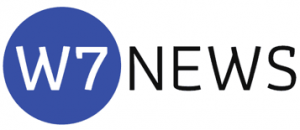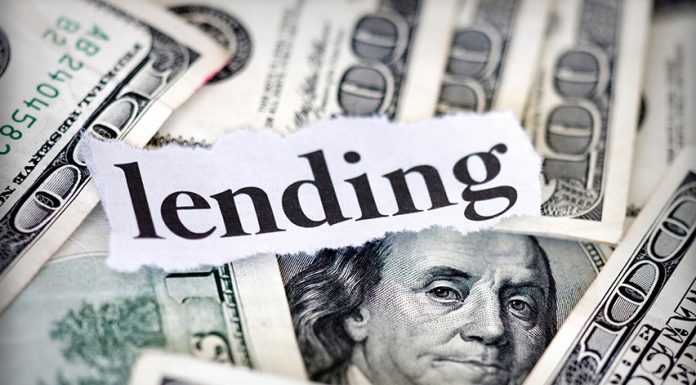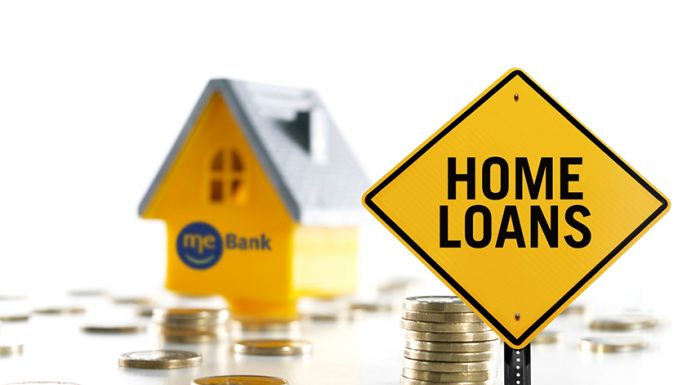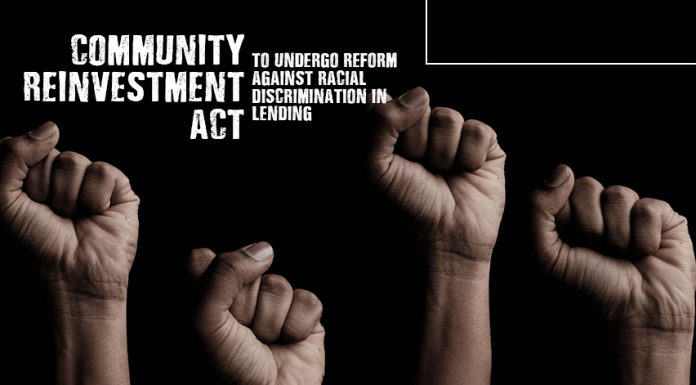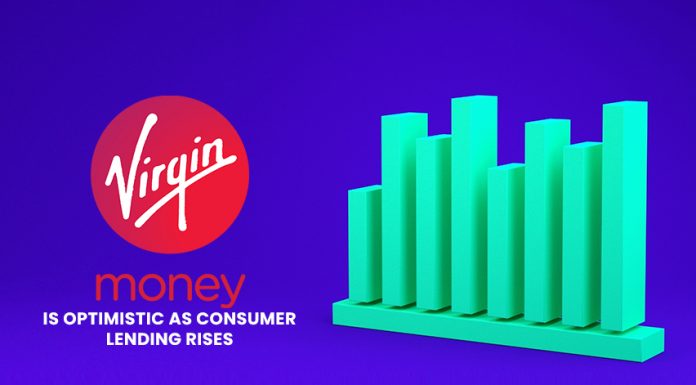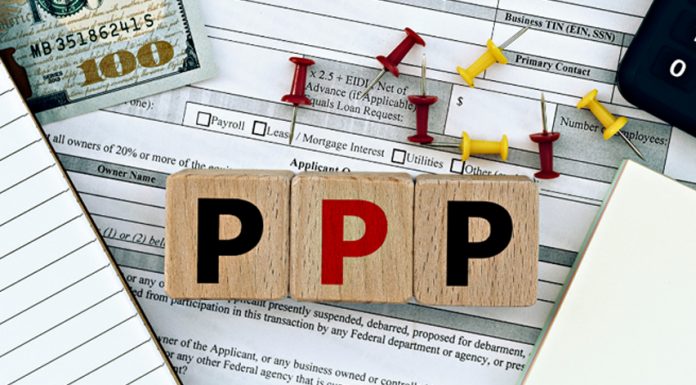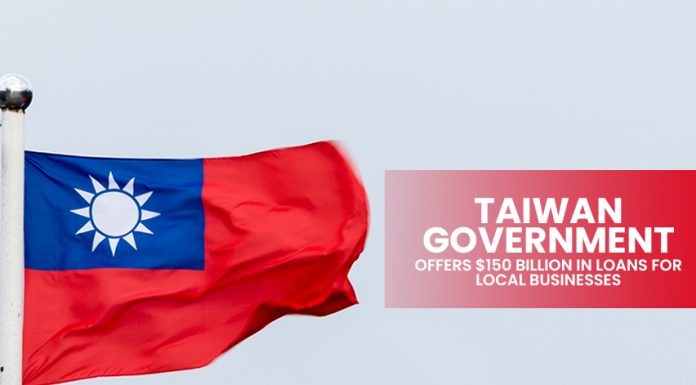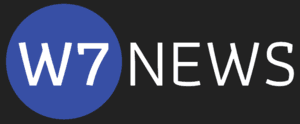According to global credit rating agency DBRS, shadow banks jump approximately 75 per cent from its level in 2010 and is now a $52 trillion sector.
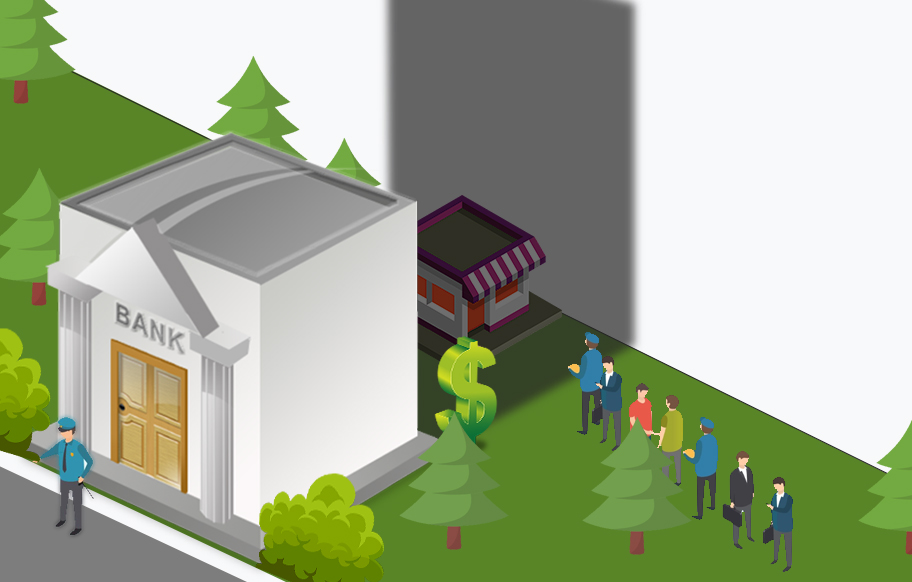
The term ‘shadow banking’ refers to unsecured lending to unqualified borrowers in need of money for business operations, expansions and other investments.
Companies who turn to this unregulated lending scheme face relaxed policies, with minimum requirements. Thus, shadow banking is linked with higher levels of risk for lenders.
DBRS sees risks in this fast-growing lending sector, which can affect the global financial system.
“Fixed income funds, mixed funds, hedge funds and other collective investment vehicles are driving this shadow banking growth. Since 2010, this segment has grown by 130% to $36.7 trillion in assets,” the report says.
DBRS also indicated, “Weakness in these non-bank financial institutions arising in their maturity intermediation, liquidity, leverage and credit transformation could result in runs that would exacerbate financial market stress.”
For financial experts, the growth of these unsecured lending schemes is an indication that more companies are choosing riskier lending for available funds.
Meanwhile, the US shares the biggest slice in the shadow banking sector, occupying almost 29 per cent or $15 trillion of the $52 trillion assets. China holds the second spot, with $8 trillion in asset goods or 16 per cent of the total share.
Financial crisis
In an article published by Yahoo, J.P. Morgan Chase CEO Jamie Dimon said, “The growth in non-bank mortgage lending, student lending, leveraged lending and some consumer lending is accelerating and needs to be assiduously monitored.”
What banks are afraid of is the flood of credits in the shadow banking but the return of the money and interest also grows but is not secured because there’s really no maturity intervention.
